5 Creative Ideas for Your Garden Borders
Borders don’t need to be boring! Check out these ways to spice up your garden edging
Garden borders traditionally enclose a central lawn and run along the boundaries of your garden space – hence the name. But that doesn’t mean they need to be a long, narrow strip of planting. If you’re looking for garden inspiration, see whether any of these ideas can tempt you to spice up your border style.
This article is from our Most Popular stories file
This article is from our Most Popular stories file
Frame your seating
Rather than thinking of your borders and the rest of your garden as two separate entities, why not meld the two by bring your border out into the lawn space and tucking a seating area back into it?
This example shows how effective extending a border out in a gentle sweep can be. It wraps around the seating area, enclosing it and creating a shady spot from which to enjoy the garden.
Find a garden designer near you to help your dreams become a reality.
Rather than thinking of your borders and the rest of your garden as two separate entities, why not meld the two by bring your border out into the lawn space and tucking a seating area back into it?
This example shows how effective extending a border out in a gentle sweep can be. It wraps around the seating area, enclosing it and creating a shady spot from which to enjoy the garden.
Find a garden designer near you to help your dreams become a reality.
Revel in symmetry
If straight sections either side of a neat lawn are your idea of garden perfection, then why not maximise the effect by making the borders extra-wide and neatly symmetrical with planting?
Here, the effect is of order and calm, despite the profusion of colour, texture and movement. This is thanks to the restrained colour palette that runs the length of the borders and the careful planting scheme, with each side perfectly mirroring the other.
If straight sections either side of a neat lawn are your idea of garden perfection, then why not maximise the effect by making the borders extra-wide and neatly symmetrical with planting?
Here, the effect is of order and calm, despite the profusion of colour, texture and movement. This is thanks to the restrained colour palette that runs the length of the borders and the careful planting scheme, with each side perfectly mirroring the other.
Keep it crisp
If you like order, clean lines and modern design, you’ll love this border style. Razor-sharp box hedging creates a fuss-free garden edge, neatly containing a row of pleached trees in front of the boundary fence.
The trick to preventing this style from looking too harsh is the layer of soft underplanting peeking out above the hedge and tucked beneath the tree canopy, adding colour and movement and bringing it all to life.
If you like order, clean lines and modern design, you’ll love this border style. Razor-sharp box hedging creates a fuss-free garden edge, neatly containing a row of pleached trees in front of the boundary fence.
The trick to preventing this style from looking too harsh is the layer of soft underplanting peeking out above the hedge and tucked beneath the tree canopy, adding colour and movement and bringing it all to life.
Curve it in to create a screen
This border has been brought in at the end of the garden to obscure the back fence and partially screen the shed.
This is a good trick if you want to hide bikes, bins or garden paraphernalia out of sight. Or it could also serve to create a quiet and shady spot, away from the bustle of the house, for a little table and chairs.
Tell us…
How have you designed your garden borders? Tell us in the Comments section.
This border has been brought in at the end of the garden to obscure the back fence and partially screen the shed.
This is a good trick if you want to hide bikes, bins or garden paraphernalia out of sight. Or it could also serve to create a quiet and shady spot, away from the bustle of the house, for a little table and chairs.
Tell us…
How have you designed your garden borders? Tell us in the Comments section.




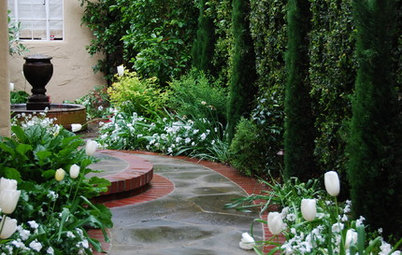
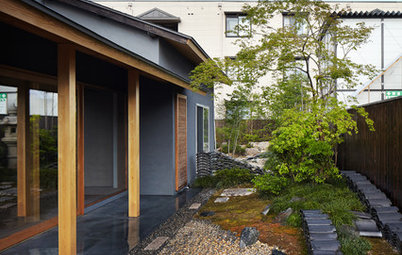
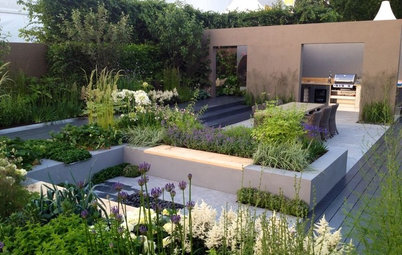
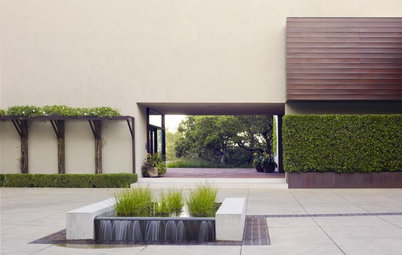
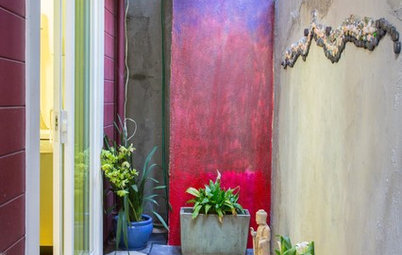
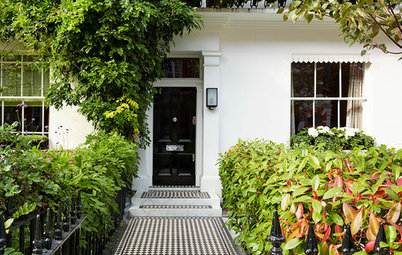
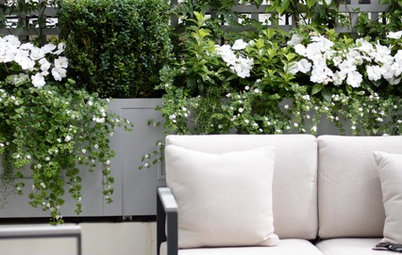
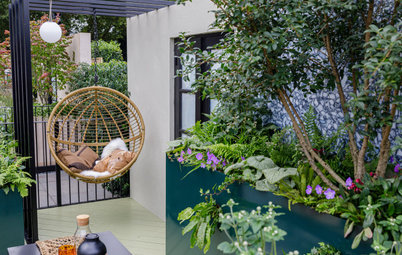
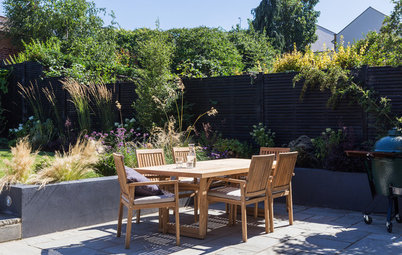
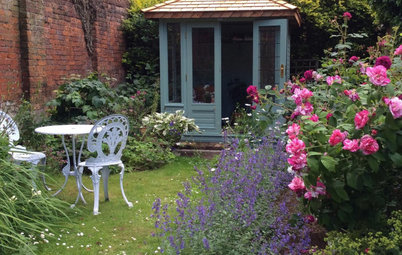
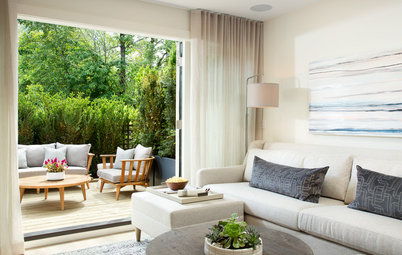
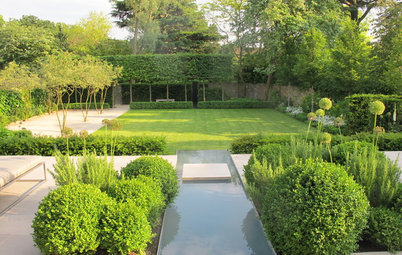
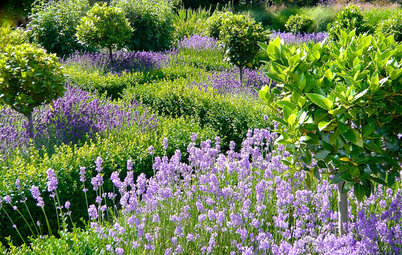
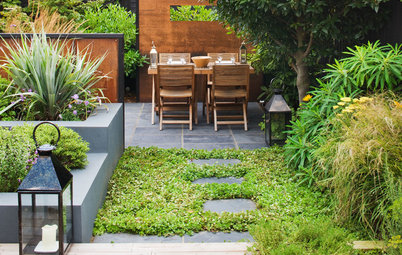
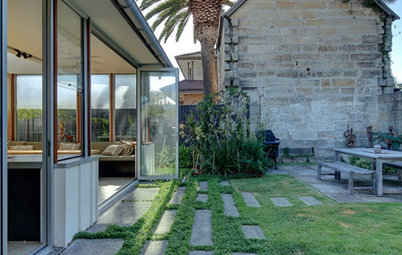

How’s this for a creative use of garden space? By cutting the long, thin plot into circular sections, it allows for the borders to curve around, creating a generous space for planting and adding visual interest all the way down the garden.
This tricks the eye into thinking the space is bigger than it actually is by creating different ‘rooms’ to walk through.
Take a look at the before photos of this garden.